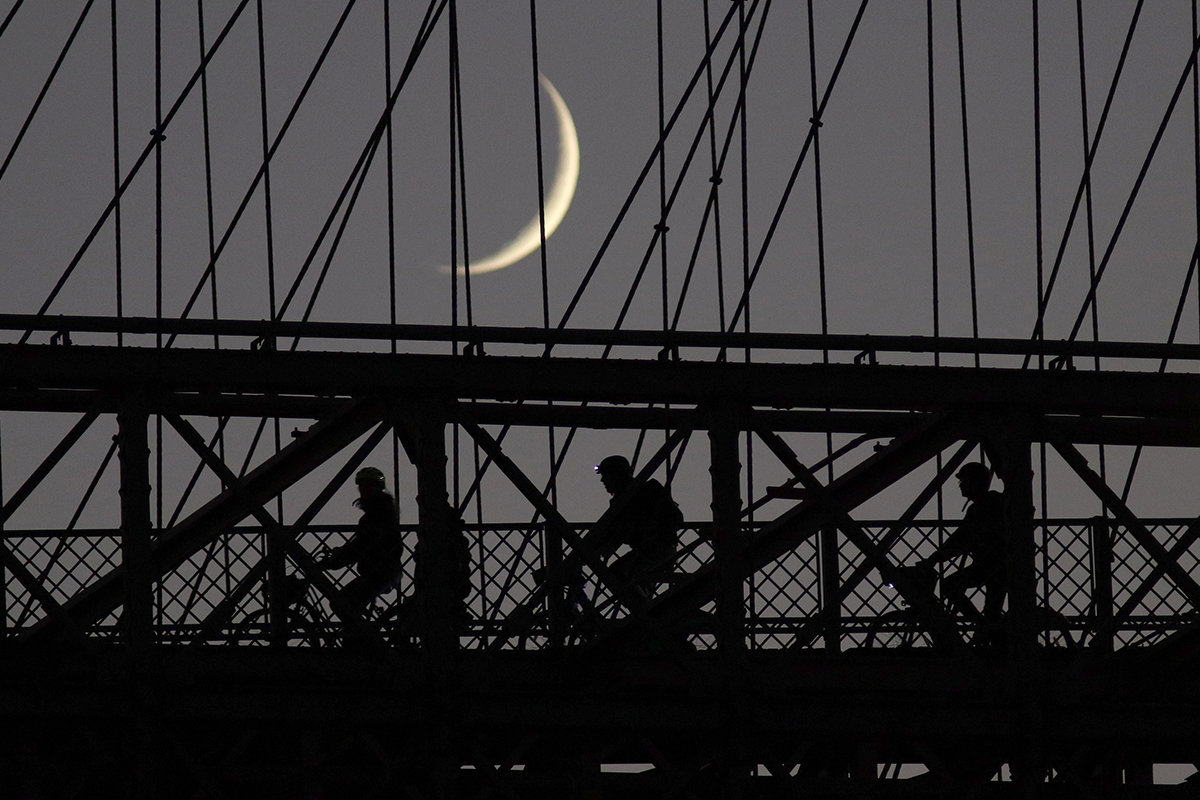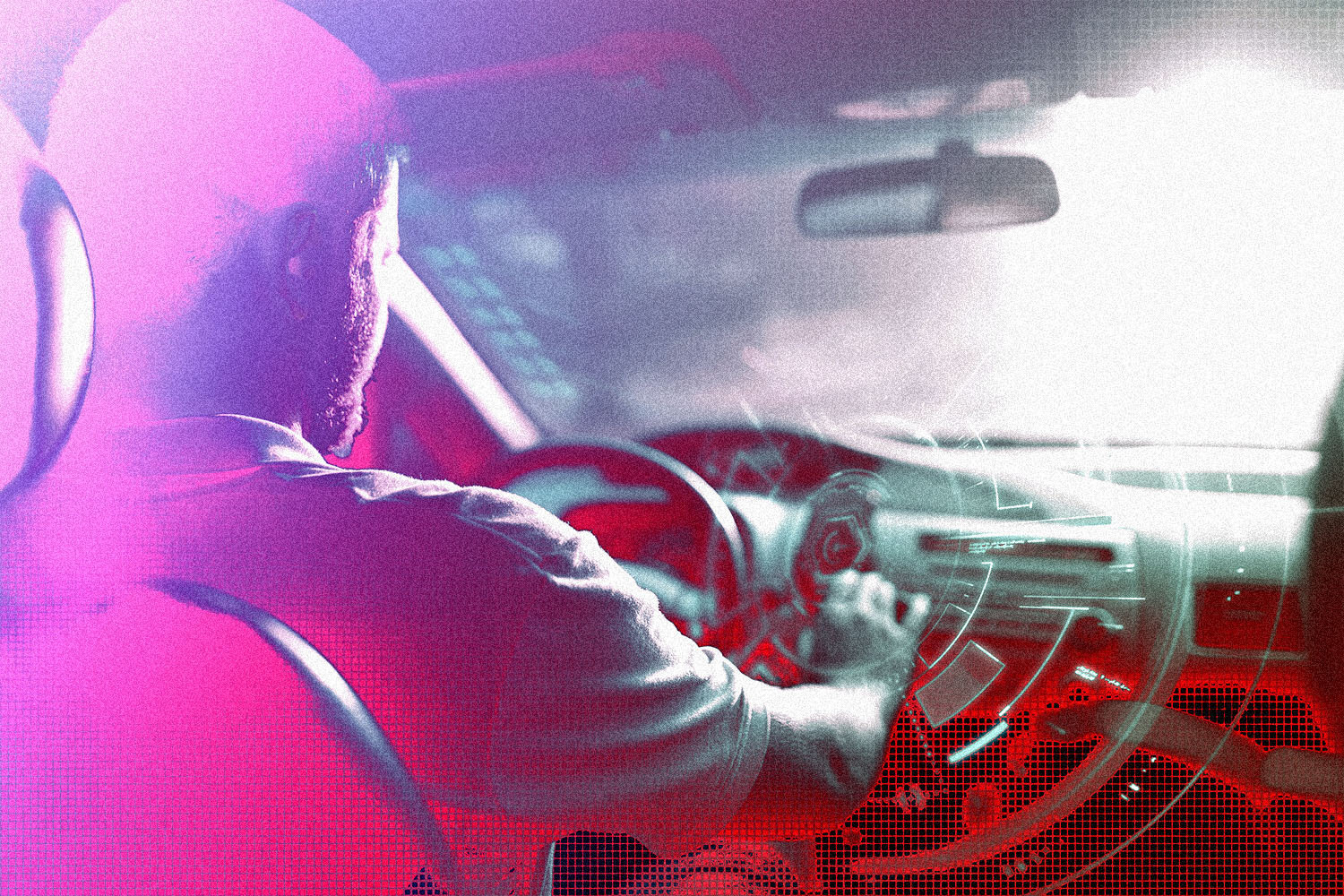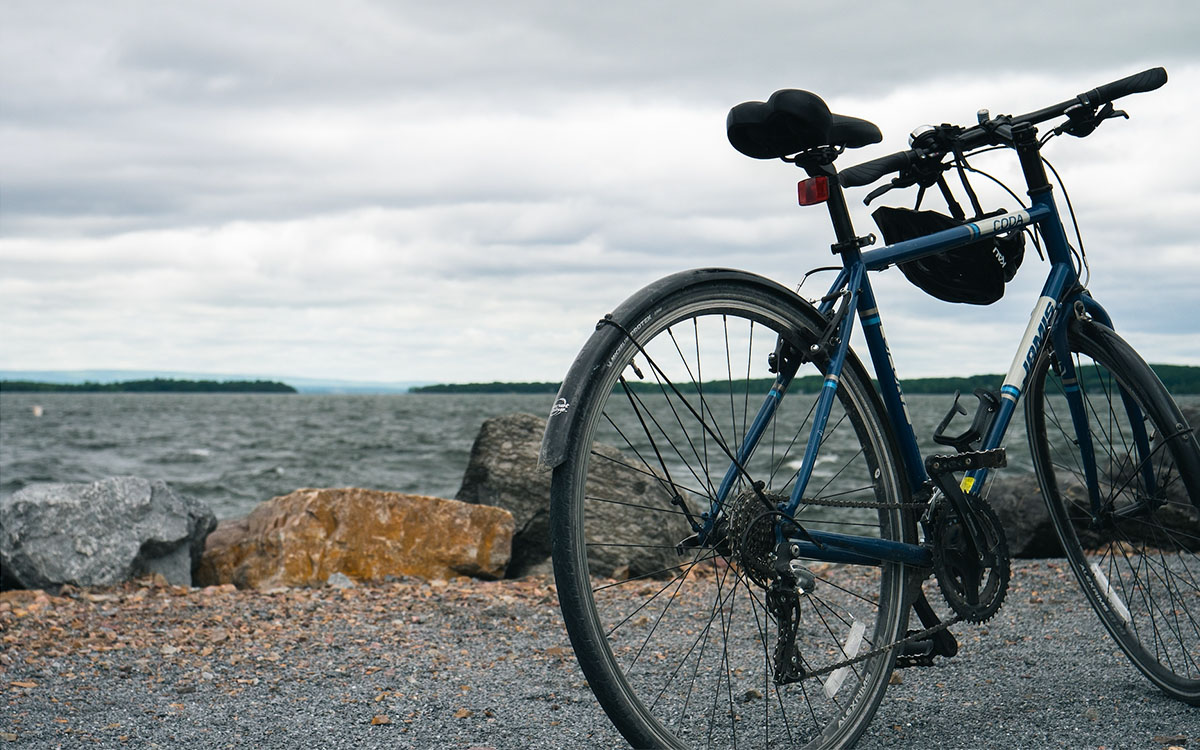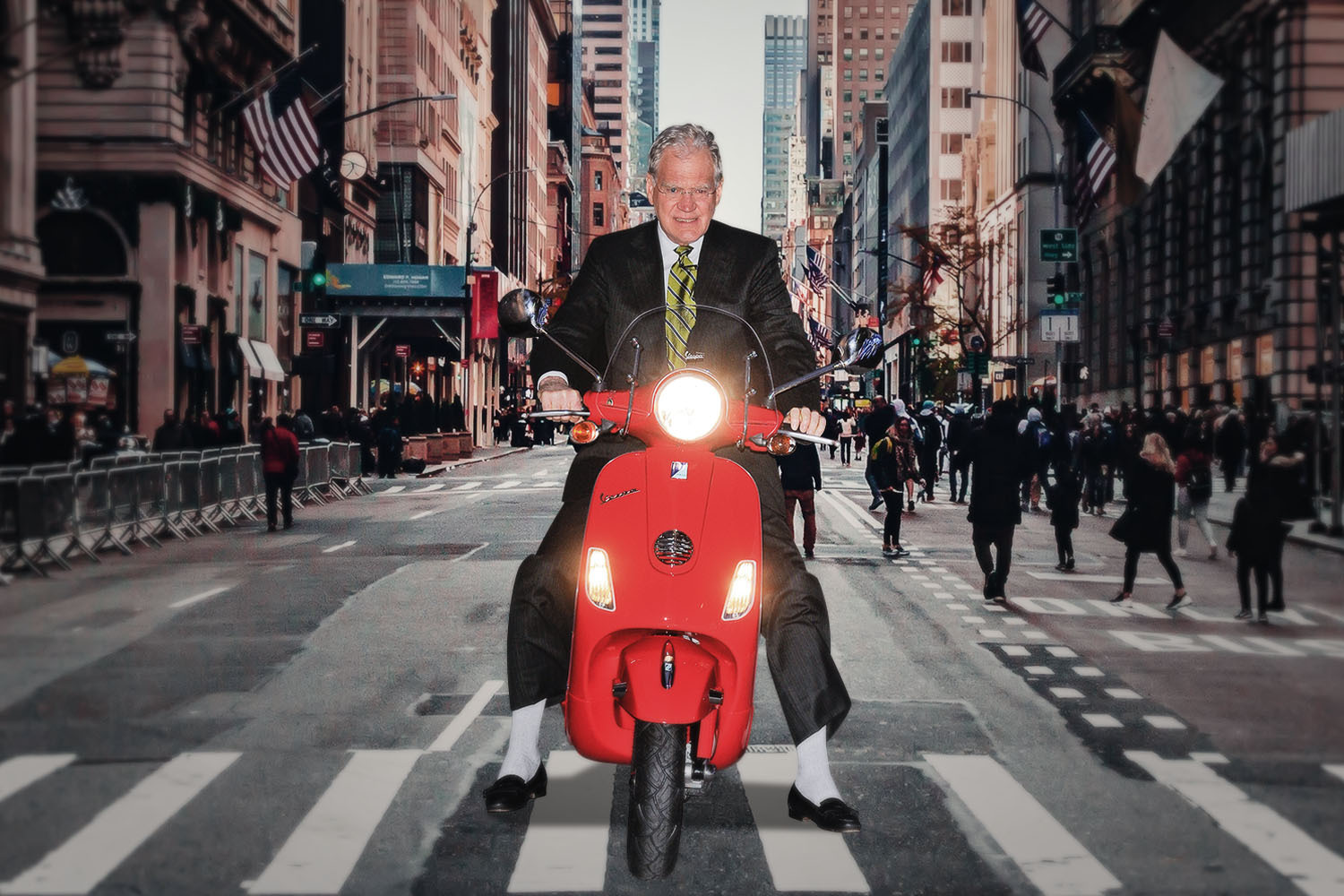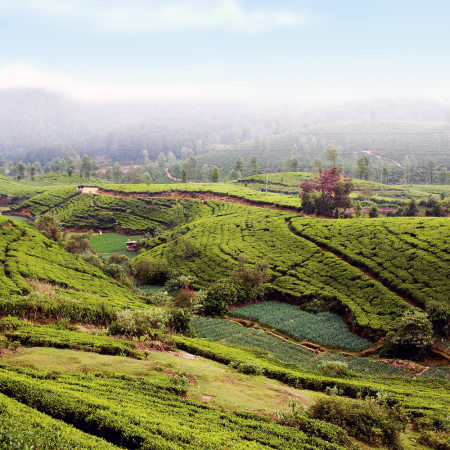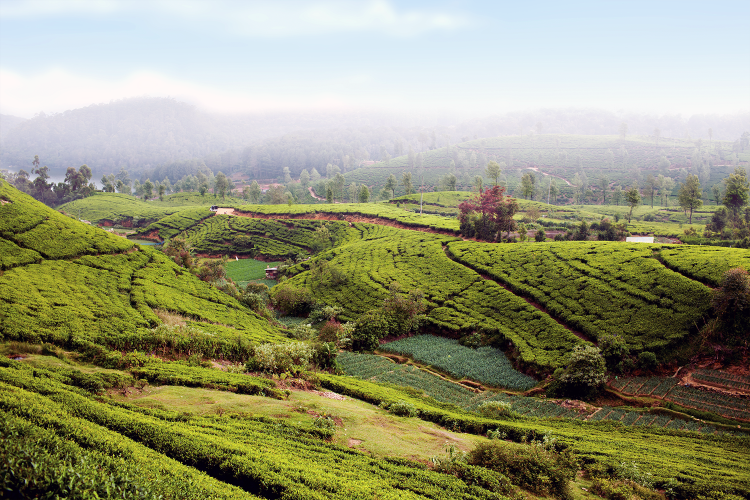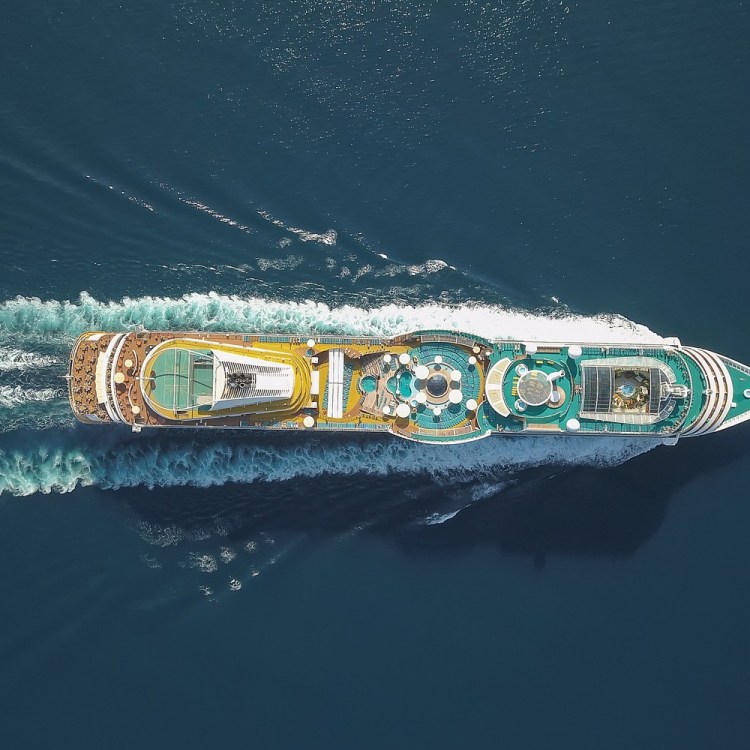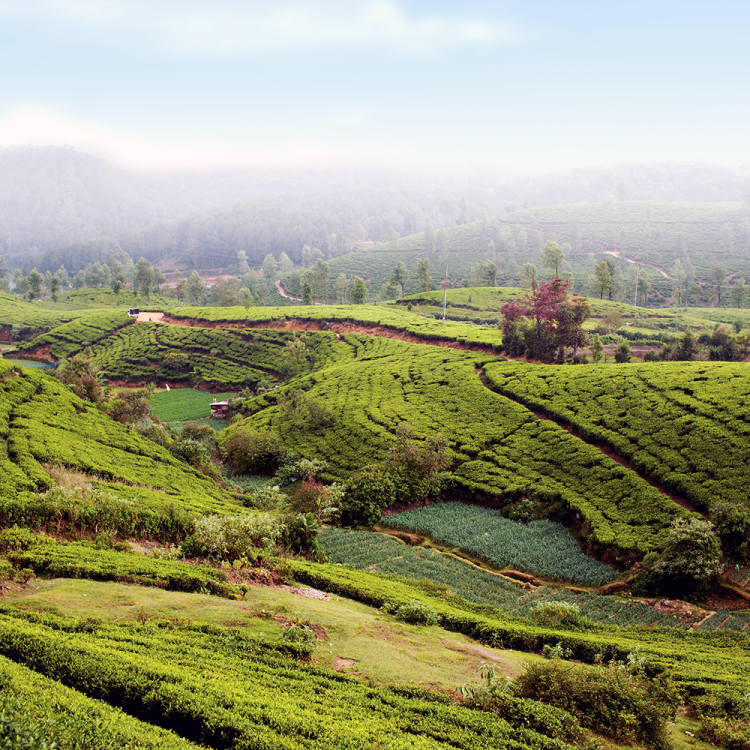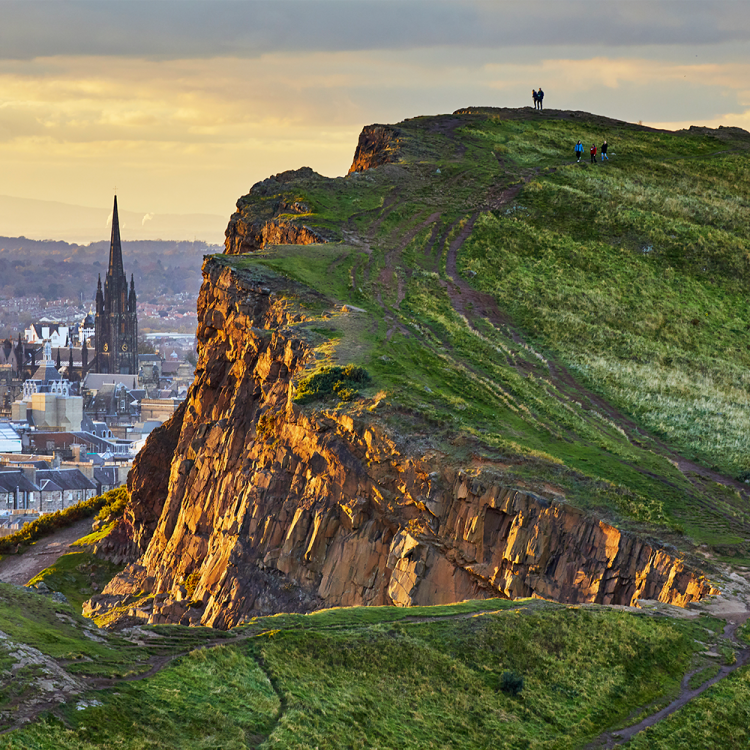Over the next few weeks, we’ll be looking at the various and sundry ways in which the coronavirus will impact American commuters, from predictions for the future of mass transit to the products that will be huge beneficiaries of a new landscape in mobility. This is the The Future of Commuting.
Believe everything you read about Northern European biking culture.
You know: how in certain countries, more than 25% of all trips are taken via bike, cars travel an average of just 7mph faster than bikers, and there are more than 250 miles of connected, protected lanes. When I lived in Copenhagen a few years ago, I never bothered to learn the bus schedule or the metro system, though both ran regularly and efficiently. I had two wheels and a green-painted highway that was exclusively for use by cyclists, part of an expansive network that included its own traffic lights and parking lots.
One time, before a week-long trip to Russia, I left my bike propped against a wall at the train station, as if parking a car at JFK. It was in the same spot when I returned, and I pedaled home with my luggage perched on my shoulders. In Copenhagen, as in Oslo, as in Utrecht, the locals bike at all hours of day, at all times of the year, proximity to the polar night be damned. If you asked a group of Danes why they quit driving cars, you’d get a very different answer than asking, say, a bunch of vegetarians why they quit skirt steak. Overwhelmingly, the reason for the shift isn’t to save the environment or get a healthier heart — it’s simply that it’s easier.
More than half of all Danes choose to bike because it’s the most convenient way to get around. As a byproduct, ironically, biking has probably made Denmark a happier, healthier country, while inching its government closer to its carbon-neutrality goals. But the main impetus — if you build it, they will bike — has proven true time and time again, as Copenhagen has rapidly expanded its 21st-century biking infrastructure. Since 2006, the city has added 16 biking bridges. One of the latest additions, Inderhavnsbroen, sees 16,000 bikers pass over it each day.
And while that’s all great news for Denmark, I completely understand if your eyes clouded over while reading this.
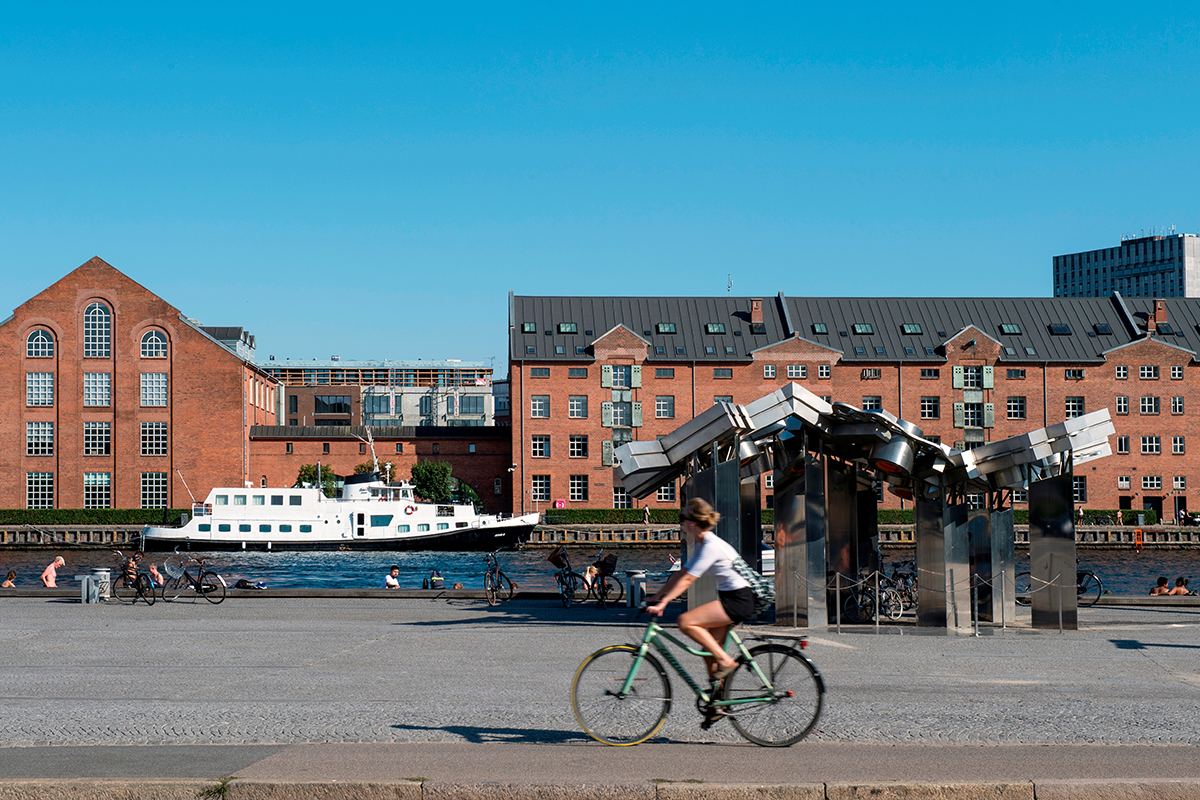
As someone who has talked people’s ears off about “the way Nordic nations do things” for years, I’m aware, on an anecdotal level, that Americans don’t really want to hear it. Functional bike lanes might as well just be thrown on the pile with free healthcare and ethical prisons and fun landmarks. Those who wrinkle their noses at the phrase “democratic socialism” really aren’t interested, but even those impressed by the Nordic model, research shows, don’t actually think America is capable of implementing any of it. Denmark and co. have become a model that is more fantasy than inspiration.
Consider, for example, The Copenhagenize Index, a bi-yearly power ranking of the world’s 20 best biking cities. No surprise, Copenhagen is the reigning champ since 2015 (though Amsterdam was on top from 2011-2013), and the rest of top 10 is entirely made up of European cities, the majority of them at higher latitudes: Utrecht, Antwerp, Strasbourg, Bordeaux, Oslo, Paris, Vienna, Helsinki. There were only three cities from the Americas in the latest ranking — Montréal, Vancouver and Bogotá — and in the last decade, only three American cities have made the list, each just once: Portland (2011, #13), San Francisco (2011, #17) New York (2011, #20) and Minneapolis (#16, 2015).
To be clear: there’s nothing wrong with The Copenhagenize Index. It’s a comprehensive project that takes into account everything from “traffic calming” infrastructure, to gender splits on bike ownership, to the commuting priorities of local political parties. The program doesn’t miss anything; in 2019, it bumped Strasbourg down for underfunding a space-saving project along its docks, while giving Amsterdam credit for outlawing mopeds in its bike lanes. But it seems reasonable to suggest that the initiative — and all the highly clickable “best biking city” rankings it engenders — has not exactly inspired American policymakers to fix domestic cycling woes.
This isn’t an ideal response. America seems to have little trouble adopting Nordic traditions like the Danish hygge (coziness and candles) or the Finnish kalsariokanni (getting drunk at home in your underwear). We buy Scandinavian chairs, and have learned to revere locally foraged food, a trend pioneered by Noma chef René Redzepi. When it comes to instituting common-sense, structural changes, though — whether to social programs or parking lots — it’s easier to act like the Nordic nations operate on an entirely different plane, if not a different planet. The arguments usually boil down to: These are homogenous places with little landmass and tiny populations. They don’t face as many socioeconomic issues as America. Of course they have more time to focus on bikes.
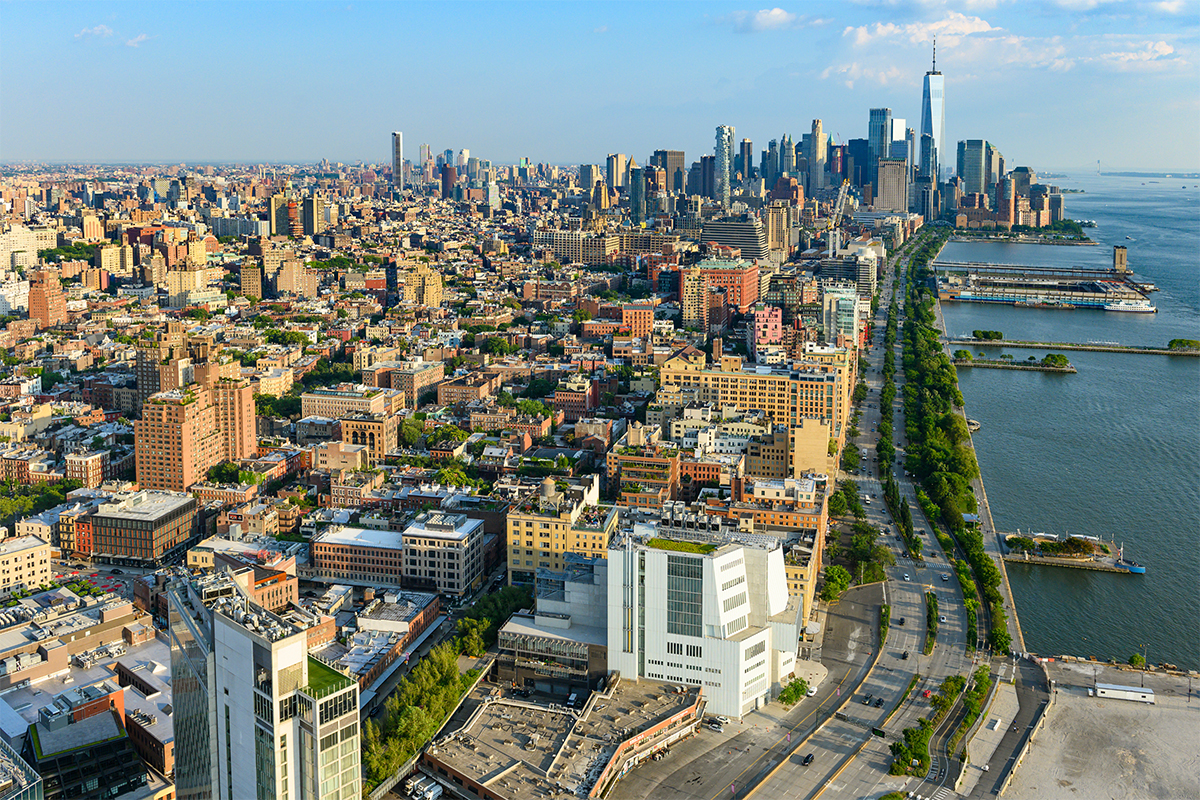
There’s a lot wrong with that line of thinking. It imagines a level of preordained perfection that simply wasn’t always the case in Scandinavia (many of these countries were still absolute monarchies, with rampant inequality, just over a century ago), and even today, Scandinavia is blighted by xenophobia, tensions over immigration and outbursts of violence from fringe far-right groups. But more importantly, that sort of fatalistic tone functions as a preemptive hall pass for why America can’t institute lasting change.
Here’s a fact: in a post-pandemic landscape, there will be more bikers in this country. Bike ridership already exploded earlier this year — to the point that shops across the nation reported a “shortage.” With the future of both health clubs and workspaces hanging in the balance, it’s hard not to see that trend continuing and evolving as urbanites rely more heavily on two-wheelers for commuting, leisure and fitness. But if that future is going to prove successful — which we can define, for now, as keeping people safe while they bike about their days — America’s going to need to make some changes. In a big city like New York, for instance, dangerous cars (distracted drivers, double-parked Ubers, SUVs) helped make 2019 the deadliest year for cyclists since the 1990s. We’ve been at this for a little while now: in 2013, the Organization for Economic Cooperation and Development, found that American cyclists were among the least likely to ride, but the most likely to get killed when they did.
So, where should we go from here? Not to Denmark. The truth is, it’s not all bad in the States, and amplifying the efforts (and hard-earned triumphs) of bicycle advocates in small- and mid-sized American cities could create a clear-headed template for recreating the successes of the Nordic nations. In other words, cities like Madison, WI, Eugene, OR, Cambridge, MA, and even Tempe, AZ, might give the rest of the country’s cities — even the big ones — some semblance of hope, or even inspiration, as we pedal into a future with more bikes on the road and more uncertainty about the safest way to get to work.
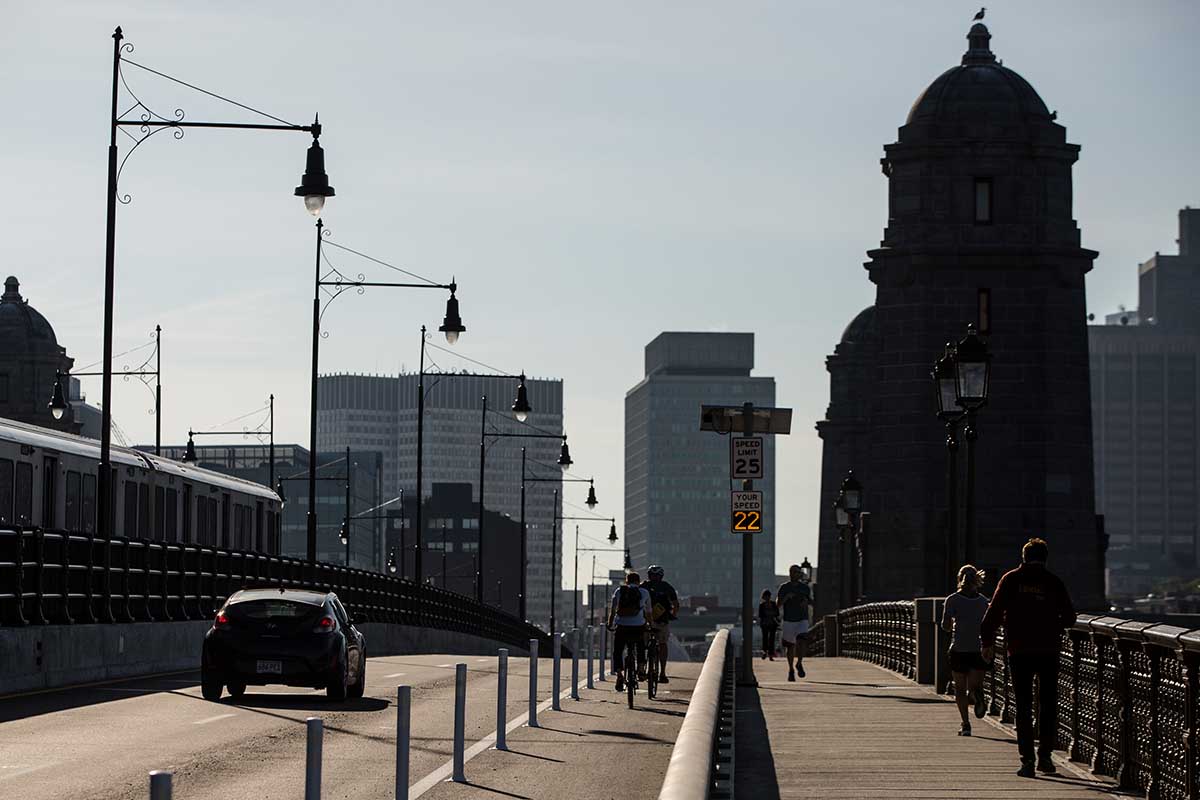
What’s worked in these small American cities, much like Copenhagen, is a simple dedication to making biking more convenient than driving. It’s ultimately a matter of priority. Consider, for example, the work of one of the country’s finest non-profits (in my opinion), advocacy group Rails-to-Trails Conservancy, which converts abandoned or underutilized railway corridors into pedestrian pathways. They’ve injected common sense into commutes across the country. We need them. But there’s also something to be said for cities that are creating pathways all on their own, from the ground up. In Fort Collins, CO, there are 45 different “grade crossings” throughout the city. They’re underpasses or overpasses placed strategically at busy intersections to make sure bikers don’t come into contact with drivers.
Not only do Fort Collins residents get where they need to be faster — and without incident — but the whole town’s in on the secret. Local universities help design the infrastructure, and local businesses have joined the legion of official Bike Friendly Businesses. It’s a culture. In Eugene, younger bikers are taken very seriously, from college kids at the University of Oregon (there’s a two-lane bikeway in development, which will connects campus to downtown) to fifth and sixth graders around the city, who have access to a fleet of government-sponsored bikes on a rolling basis. Madison has so many bike lanes, meanwhile, that one Reddit user designed a “subway-style map,” showcasing how all the different routes link up. And the city is currently working to erect wayfinding signing, which will provide mileage markers and directions for cyclists.
Another positive about biking projects in small cities? They often involve small solutions. Consider Tempe, where the average high each June is a typically Arizonan 107 °F. It’s not exactly the kind of place you’d think to bike around, but the city has made an effort to designate pathways along canals and line lanes with trees in order to provide shade. And in Cambridge, city officials use plastic stanchions to create bike lanes on the fly — which are then promptly painted — instead of wading through bloated proposals for years on end.
It’s not that bigger cities aren’t doing any of these things, or haven’t thought of them. It’s just more difficult for projects to reach the finish line — or to reach it in a way that’s fair and equitable to every neighborhood and subpopulation across the sprawl. In New York, transportation engineers like to propose outlandish concepts like car-free ribbon bridges that look beautiful online but would take the better part of a decade to complete. In Los Angeles, the country’s driving capital, drivers are so territorial about their roads that there are now combative car coalitions, like Keep LA Moving. Finally, in Chicago, as in other large cities throughout the country, the introduction of biking infrastructure can actually harm Black and brown neighborhoods. Think: targeted ticketing for infractions, cookie-cutter infrastructure implemented by all-white advocacy groups, a lack of education on how to engage with bike-share apparatuses, and a disconnect in bike ownership to begin with.
All told, the big cities move slower, literally, because there is always another thing or six to consider before spending another $10 million. Unfortunately, save for some COVID-era street closures that have become permanent in certain big cities (Seattle, for one), there are few methods sweeping the nation right now in preparation for a maelstrom of post-lockdown bike commuters. We’ll just have figure it out as we go, as we always have. But this time, we should consider shifting our attention from Scandinavia to small American cities, if only for a more digestible reminder that these efforts are worth doing, they’re worth doing right, and most importantly, they’re possible.
Say what you will about the state of the American Dream. But let’s start by just making sure we can bike to the work. We can work on paving those lanes with gold later on.
This article was featured in the InsideHook newsletter. Sign up now.
